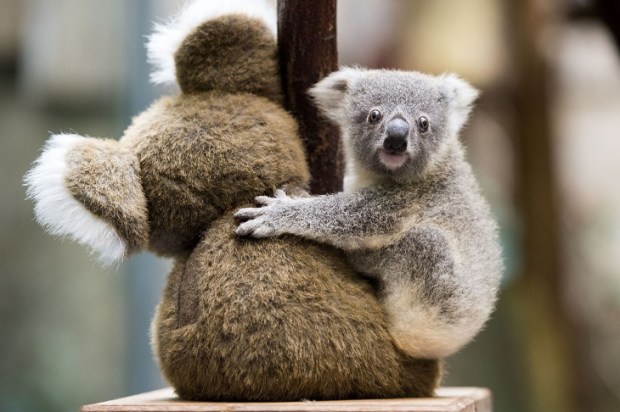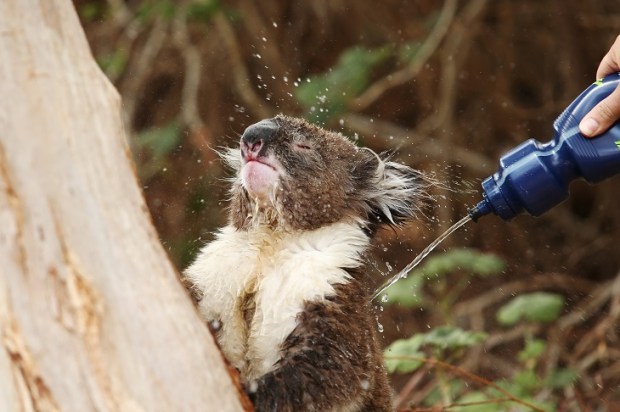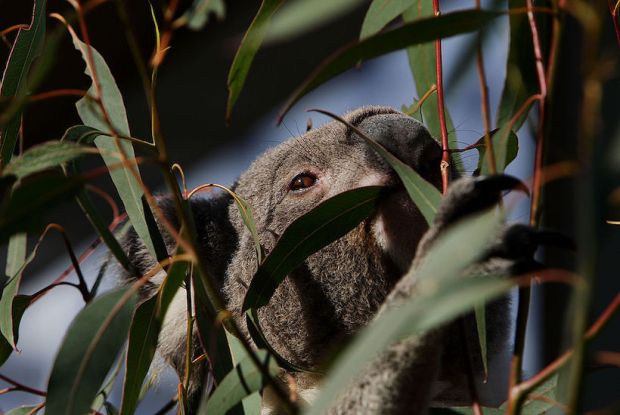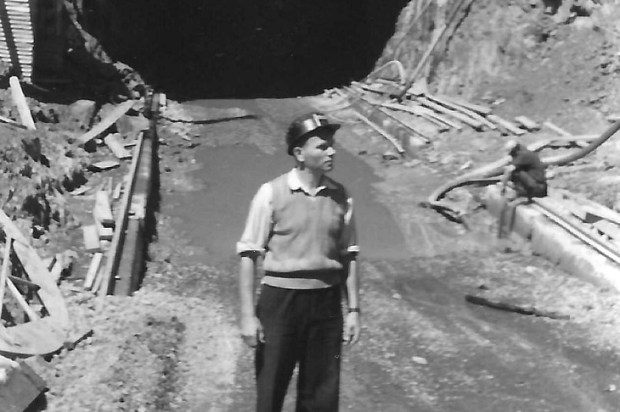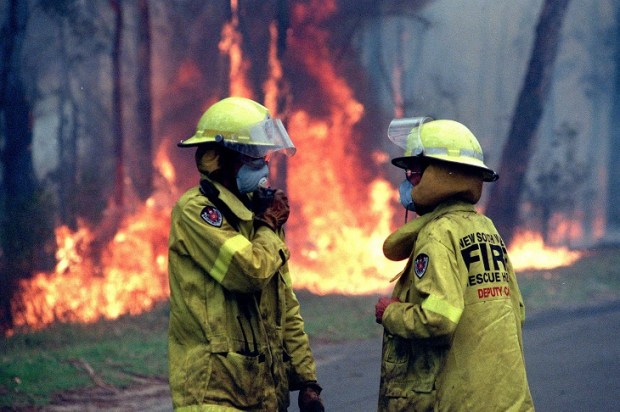Environment Minister Tanya Plibersek has announced the latest plan to ‘save’ our wildlife.
But Mike Foley, Climate and Energy ‘correspondent’ for the Sydney Morning Herald and The Age found an academic who says we needed to spend ten times more money to do it, even before Black Summer made things so much worse. Professor Brendan Wintle reckons it’ll need at least $2 billion per year from now on.
Foley complains there are no new measures to stop clearing or logging which supposedly threaten koalas and greater gliders, both declared endangered since the latest holocaust. Greens Senator Hansen-Young wants to draw a line in the sand by stopping these threats, along with any new coal or gas. On the other hand, our Invasive Species Council insists that feral cats pose our biggest extinction problem.
Opposition Environment Spokesman, Jonno Duniam claims the Albanese Government stole the Coalition plan to halt extinctions, but he says they still need to do more. At the same time, Plibersek proclaims that, ‘Our current approach has not been working. If we keep doing what we’ve been doing, we’ll keep getting the same results.’
She’s dead right. But her new government has already ordained more of the same, promising to lock up 30 per cent of our land and seas in National Parks. Black Summer clearly demonstrated the outcomes of a Lock It Up and Let It Burn conservation paradigm. Countless millions of animals were incinerated, not to mention all the people who died or lost their homes.
Furthermore, our ecological history shows that the fake extinction crisis has nothing to do with clearing, logging, climate change, or cats. No native species has ever been made extinct by logging. If you don’t believe me, ask any of the green professors, constantly spruiking in the mainstream media, to name one. If they could have, they certainly would have by now.
These academics keep reminding us that Australia is world-famous for small mammal extinctions. But those little animals didn’t climb trees or depend on forests. Most of them lived in arid zones where there were no forests, no clearing, and no logging. After Aboriginal burning was disrupted, firstly by European diseases and later by Europeans, the Great Central Scrub choked out their habitats. The diverse seeds and herbs and truffles that sustained them disappeared.
Colonial farmers couldn’t make a living in the western deserts, but feral cats did. Desert Indigenous populations incorporated cats in their diet alongside small native mammals. None of the little natives disappeared until these Indigenous people were rounded up to allow nuclear weapons tests, or until they walked off the land for their own reasons. Then megafires and cats eliminated some of the small mammals.
Lock It Up and Let It Burn ‘conservation’ policies were introduced into humid coastal forests from the 1970s and small mammals consequently started to disappear. For example, the endangered Hastings River mouse disappeared as scrub took over some new National Parks in northern NSW. But it persisted in grazed and burnt state forests.
Now there’s a new threat to endangered mountain pygmy possums – so-called environmental flows. The alpine possums eat Bogong moths. Moths declined after mild burning was reduced from the 1980s, and then they crashed after a drought starting in 2017. Ecologists say the Bogong moths, which breed in dry areas of the Murray-Darling, are endangered by land clearing and climate change.
But droughts are normal in The Basin. Surveyor General Major Thomas Mitchell foreshadowed our current water conservation and irrigation schemes after he saw the Darling run dry nearly 200 years ago. Before a tiny bit of clearing and the start of irrigation schemes more than a century ago, the moth grubs – black cutworms – ate saltbush. Now they feed in irrigated crops and pastures. These have recently been denied water so that ‘environmental flows’ can sustain a huge unnatural freshwater pond near the mouth of the Murray.
Koalas are bigger than the small mammals in the so-called Critical Weight Range for extinction. Nor do they live on the ground where they’d be vulnerable to feral predators. But they’ve supposedly been pushed to the brink by the Black Summer megafires. Fact is, there are many more koalas across a much wider range than there were when colonial Australians arrived. More than 150 years ago, world-famous naturalist John Gould predicted their extinction when he had great trouble finding any koalas, even with Aboriginal help.
After Black Summer, koalas with postcodes in the 2000s and 4000s were declared endangered. This was based on advice from experts who made up some numbers ‘in the absence of empirical data’ and boasted about it in a ‘scientific’ journal. So NSW now has a $200 million plan to double their (unknown) numbers.
Following the Endangered listing, Natural Resources Commission, Department of Primary Industries, and three universities in NSW quietly published a report stating that north coast koala populations have been stable for the last five years, despite 30 per cent of koala habitat being burnt by the disastrous fires. This ‘information’ is not quite right and doesn’t tell the full story. NSW koala numbers have been increasing for decades, firstly in young regrowth from heavy logging and lately in forests declining from lack of mild burning and constantly resprouting new shoots.
One wonders why the green academic bureaucrats are not shouting the good news from the rooftops. DPI data indicate that koalas on the north coast increased through Black Summer by more than 15 per cent since 2017. But these data are presented in three separate scientific papers, so the logical conclusions are not readily apparent to anyone looking for the big picture. I believe that public interest would be better served by transparency.
Koalas were first mentioned in print on 21 August 1803 by the Sydney Gazette. It reported them ‘excessively nice’ in their choice of foliage. In 1933, Dorothy Wall wrote that Blinky Bill’s mother ‘climbed down the tree, with Blinky following close behind, and went to another tree where they had a good meal of young leaves and tender shoots’. Koalas are now increasing faster than ever, with high recruitment of young in all the soft young growth from the fires.
We could fix our fake extinction crisis and save billions of dollars by spending a relatively small amount of money. We could reinstate sustainable management, by mild fire, of the whole landscape for all species. This would dampen irruptions of koalas and psyllids and bellbirds and mistletoes and native cherries and phytophthora and armillaria. It would promote the truly endangered species whose open grassy habitat is being obliterated by scrub.
Unfortunately, reinstating a healthy, safe, resilient and diverse landscape is not in the interests of green academics looking for problems rather than solutions. Their costly studies invariably find that more research is required. They work closely with fire chiefs who also get more money and medals after every entirely preventable disaster.
The alleged Extinction Crisis is but a component of the multibillion-dollar climate scam.


